Figures shows three spherical and equipotential surfaces 1,2 and 3 round a point charge q.The potential difference V1−V2=V2−V3 if t1 and t2 be the distance between them ,then
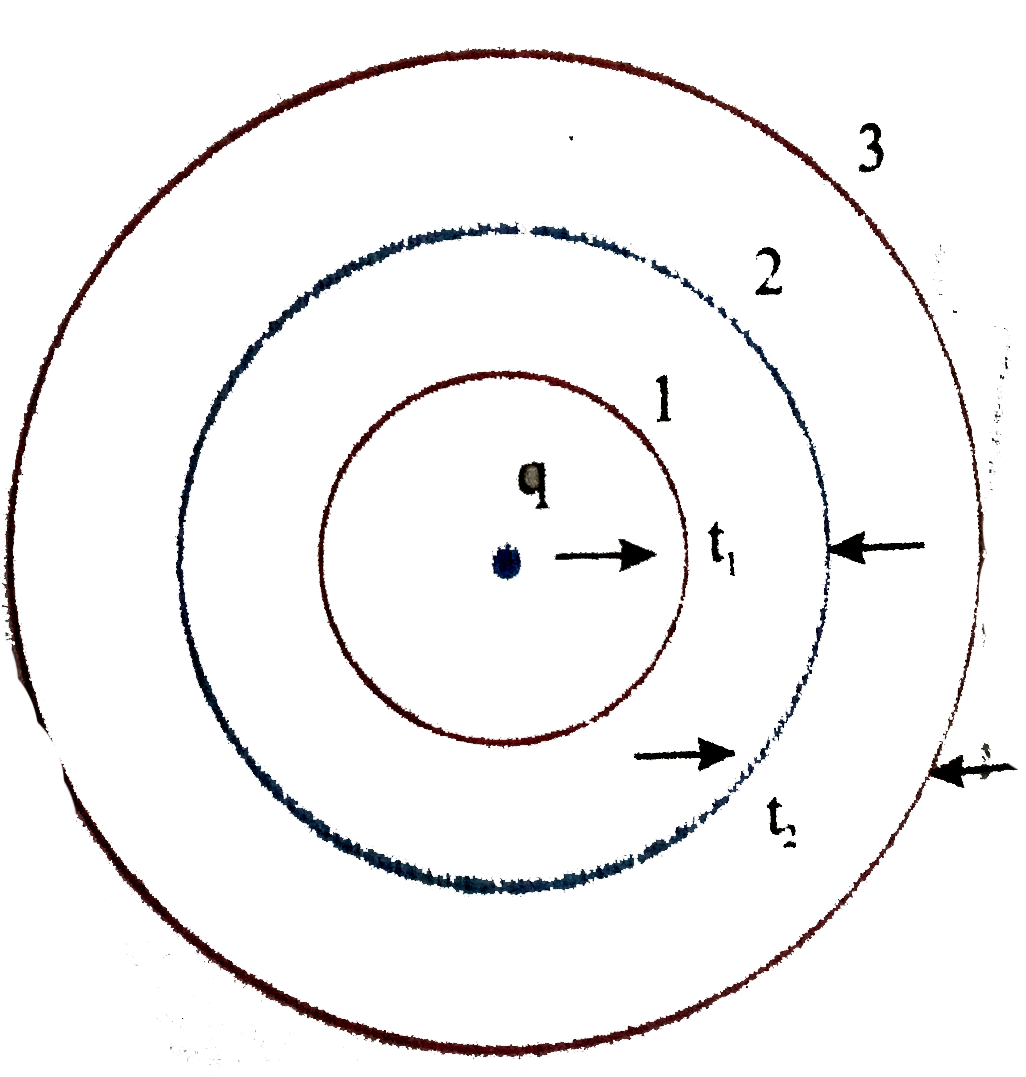
t1=t1
t1>t2
t1<t2
t1≤t2
The correct Answer is:C
Step by step video & image solution for Figures shows three spherical and equipotential surfaces 1,2 and 3 round a point charge q.The potential difference V_(1)-V_(2)=V_(2)-V_(3) if t_(1) and t_(2) be the distance between them ,then by Physics experts to help you in doubts & scoring excellent marks in Class 12 exams.
Updated on:21/07/2023Topper's Solved these Questions
- ELECTROSTATIC POTENTIAL AND CAPACITORSBOOK - DC PANDEY ENGLISHCHAPTER - ELECTROSTATIC POTENTIAL AND CAPACITORSEXERCISE - (B) Chapter exercises
17 Videos
- ELECTROSTATIC POTENTIAL AND CAPACITORSBOOK - DC PANDEY ENGLISHCHAPTER - ELECTROSTATIC POTENTIAL AND CAPACITORSEXERCISE - (C) Chapter exercises
50 Videos
- ELECTROSTATIC POTENTIAL AND CAPACITORSBOOK - DC PANDEY ENGLISHCHAPTER - ELECTROSTATIC POTENTIAL AND CAPACITORSEXERCISE - Check point 2.5
20 Videos
- ELECTROMAGNETIC WAVESBOOK - DC PANDEY ENGLISHCHAPTER - ELECTROMAGNETIC WAVESEXERCISE - Sec C
22 Videos
- ELECTROSTATICSBOOK - DC PANDEY ENGLISHCHAPTER - ELECTROSTATICSEXERCISE - Medical entrances gallery
37 Videos
Similar Questions
The potential difference (VA−VB) between the point A and B in the given figure is

View SolutionThe potential difference (VA−VB) between the point A and B in the given figure is

View SolutionFind the potential difference Va−Vb between the points (1) and (2) shown in each part of Fig.
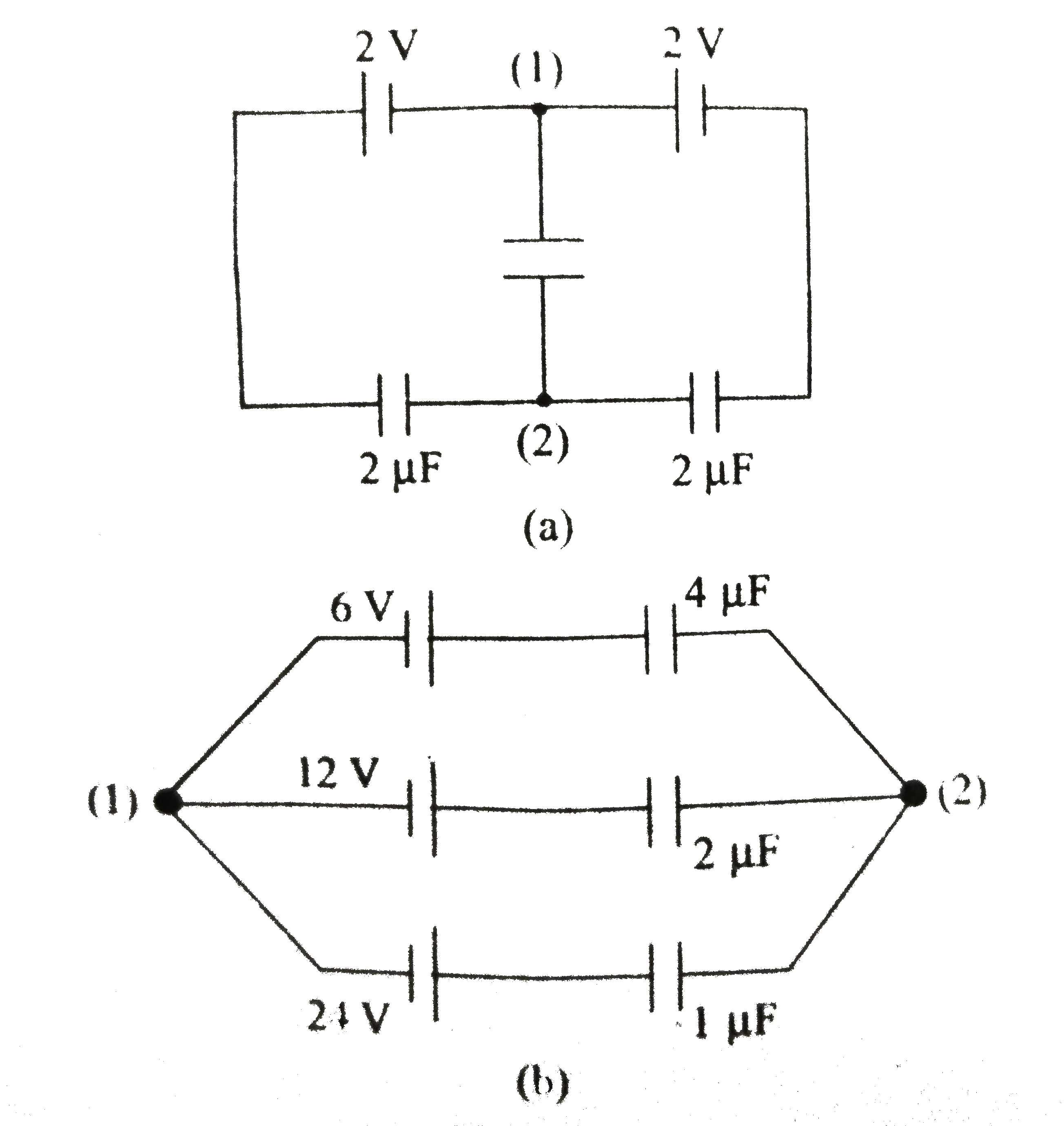
View SolutionIn the circuit shown, the potential differences, V1 ( between A and B ) and V2 ( between C and D ), are
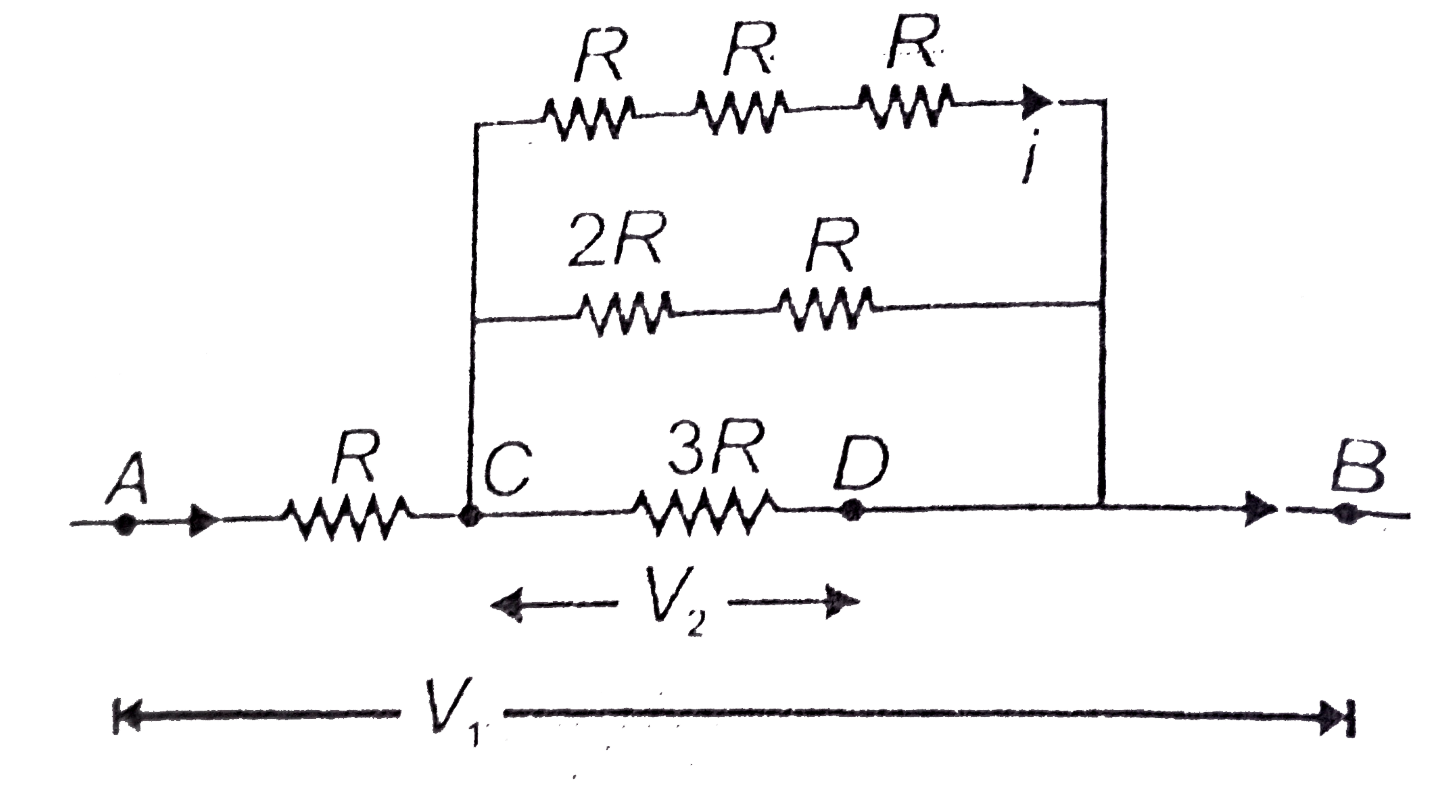
View SolutionFigure shows two rings having charges Q and −√5Q. Find potential difference a and B i.e. (VA−VB).
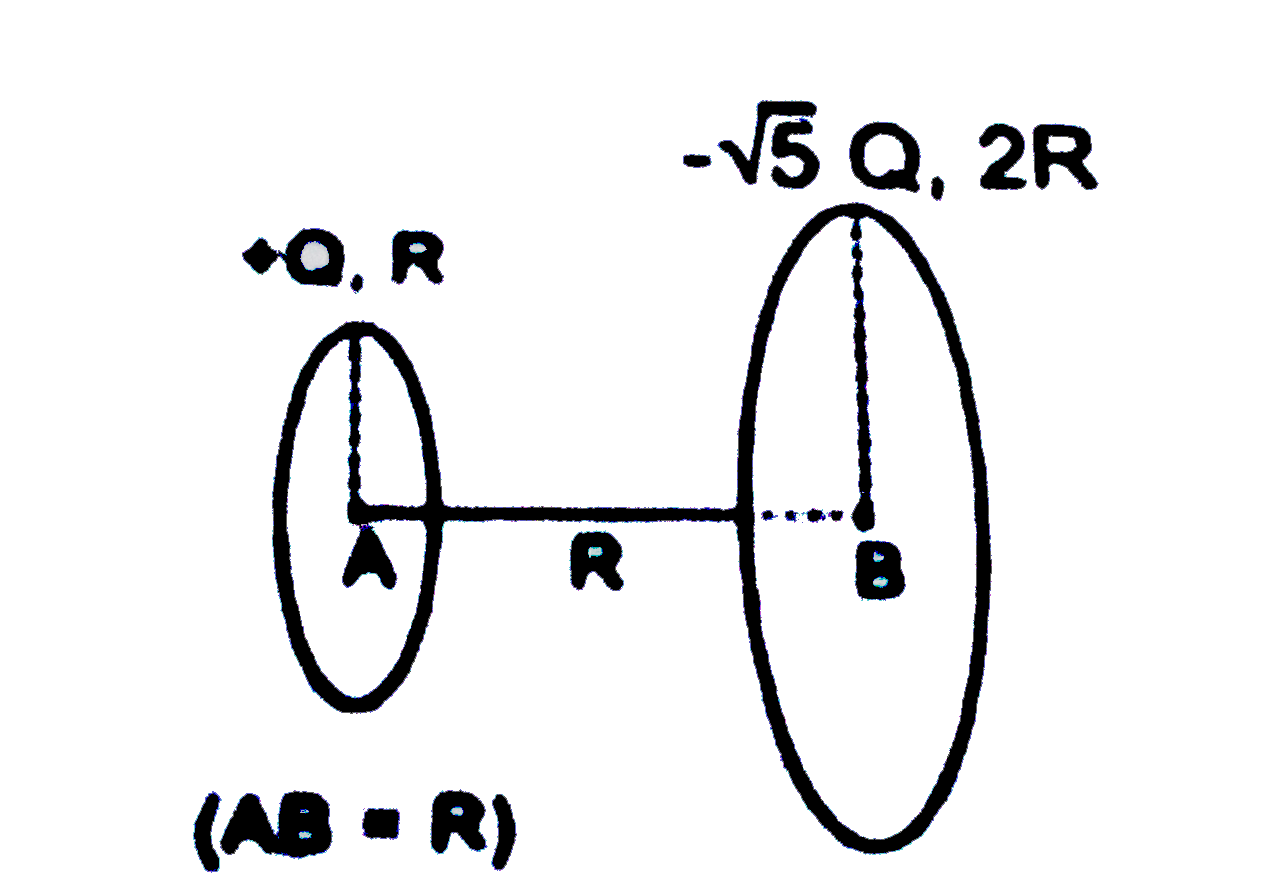
View SolutionThree capacitors C1,C2 and C3 are connected as shown in, The potentials of P,Q, and R are V1,V2, and V3, respectively. Find the potential V0 at the functionO.
 .
.
View SolutionWhen the current in the portion of the circuit shown in the figure is 2A and increasing at the rate of 1A/s,the measured potential difference Va−Vb=8V.However when the current is 2A and decreasing at the rate of 1A/s, the measured potential difference Va−Vb=4V.The values of R and L are:
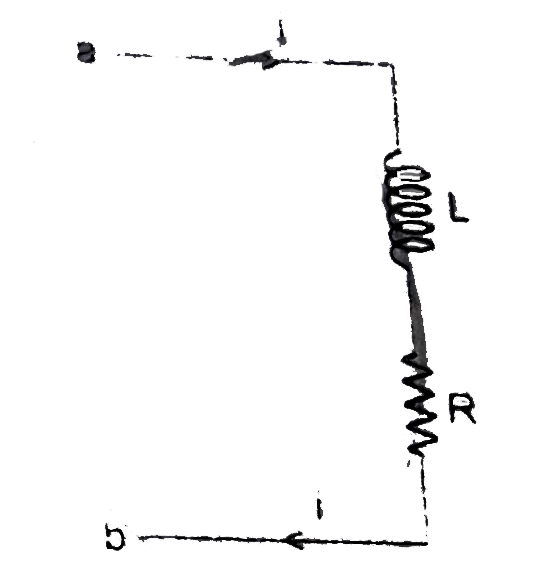
View Solution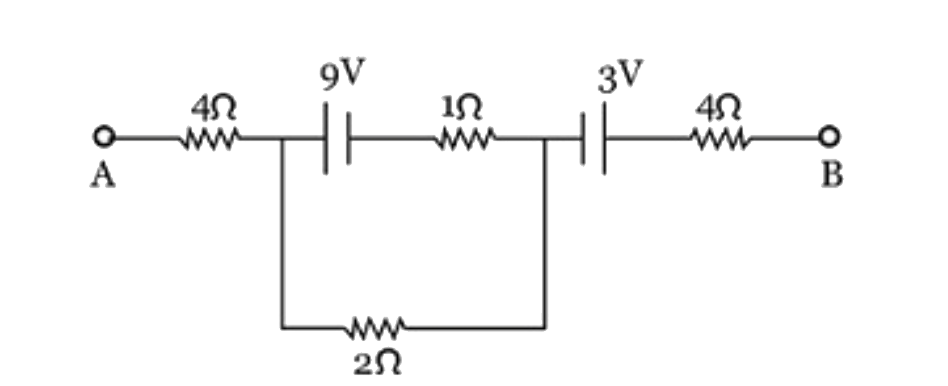
In the part of the circuit shown in the figure, the potential difference between points VA−VB=16V. The current passing through the 2Ω resistance will be
View SolutionAn infinite conducting sheet has surface charge density σ. The distance between two points is r. The potential difference (VA−VB) between these point is
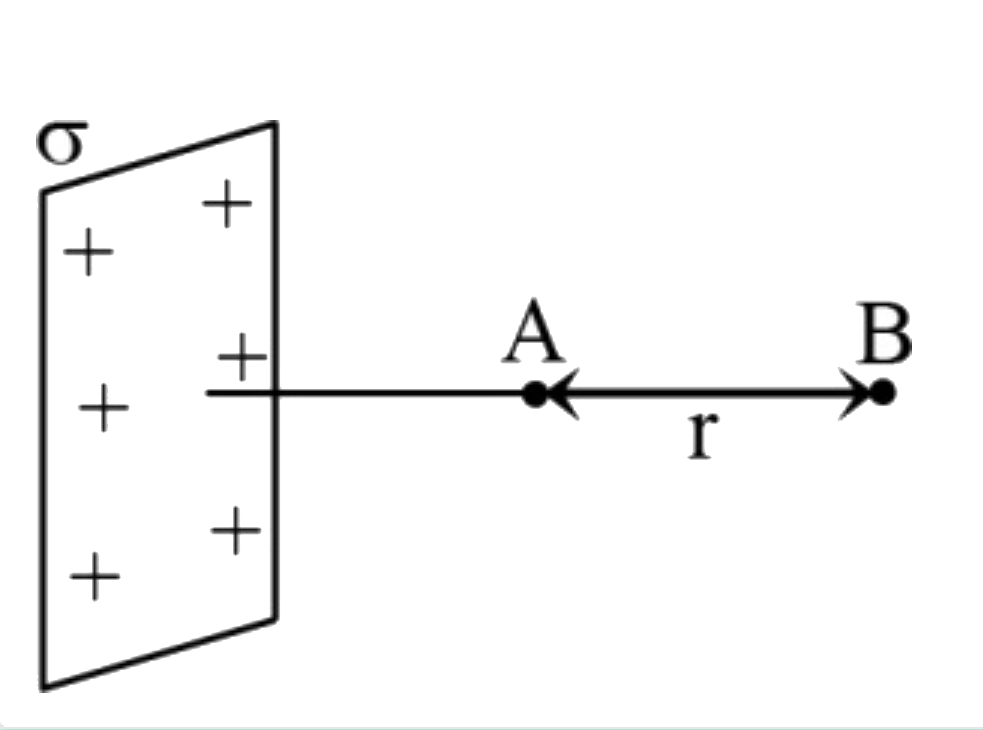
View SolutionIn an electric field shown in figure, three equipotential figure, three equipotential surfaces are shown. If function are shown. If function of electric field is E=2x2Vm−1, and given that V1−V2=V2−V3, then we have

View Solution
